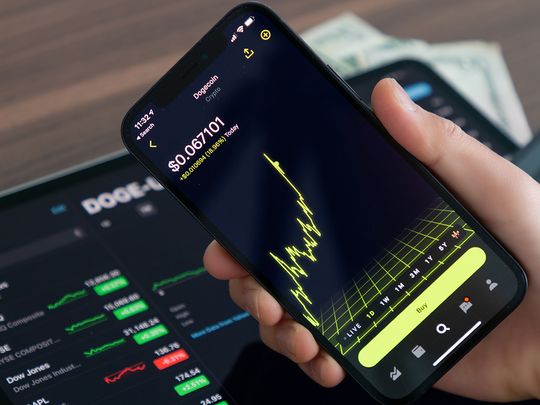
In ‘The Decline and Fall of the Roman Empire’, Edward Gibbon wrote: “The books of history were interesting to few, and entertaining to none: their value was connected with their present use and they sunk forever as soon as that use was superseded by fashion, superior merit or some public authority.”
So it was that another marketplace, built on its own share of dead empires and investors, witnessed the same. In the course of slightly over a week, the meme stocks came roaring back based on a few tweets by Roaring Kitty - only to fall again.
In the space of that time, all common sense was thought best to cast aside and focus on the breathless commentary by the social influencer media. Instead of focusing on the present value of discounted cash flows, commentators obsessed about the changing nature of investing, a nature that did not bow down to the gravity of interest rates or that of profitability.
All that mattered was growth, never mind the fact that most of these meme stocks (and much of the market at large) have and are experiencing lower growth and higher interest costs at the same time ( a factor that reduces their net present value).
The formula for valuing all financial assets for financial gain has been largely unchanged since Aesop. Yet, we seem to be continuously distracted by the news and the ‘new new thing’. Even as profitability has fallen in most sectors, in response to rising cost of financing and stubbornly high inflation, investors keep getting mesmerized by soaring prices and loose talk about value creation.
But value is destroyed by any business that loses money, and in those instances, what we see instead are wealth transfers. It is obviously difficult to carve out a distinction between speculation and investment in most cases. But at its base, the intrinsic value of any business has nothing to with its dividend yield or its price to earnings ratio (although these are valuable clues at times to spot a bubble) and everything to do with its ability to generate a stream of cash flows that are difficult to break.
Too often, the business model has been the IPO or a real estate launch for its promoters, and speculators have happily obliged the gigantic valuations that come along with it in times of exuberance, sprinkling their commentary with every instance of ‘whataboutery’ about it.
Ever more spectacular launches
With talks ranging from a new paradigm to an influx of talent, there has been no shortage of commentary by an industry that is not known for its quality control.
This has manifested itself in the form of spectacular new launches, with eye watering payment plans in the real estate sector.
In the capital markets, investors have piled on to every IPO, and even though most have been generously priced, we have seen the valuation gap receding, as promoters look to maximize funds raised.
Investors have already given their report cards in most cases. In the process they have also often overlooked companies that have restructured from a position of core competence, instead choosing to focus on the latest fad (mostly abroad, as the media continues to fixate on foreign stocks when they are not salivating on local real estate launches).
But as Buffett said, a pin lies in wait for every bubble. With higher interest rates, the discounting factor is higher, and eventually when the two meet, the realization hits that promoters will sell anything that sells.
More importantly, speculation is the most dangerous when it seems the easiest. So, the tale of excess in American markets (whether it be AI or anything else) has to meet its demise.
The rapid resurgence and subsequent collapse of meme stocks in the last week is yet another example in a long list of sad - but inevitable - exhibits that investors continue to ignore. In the UAE, the IPO train and real estate launches have also bred some degree of complacency in cases, and investors here also have to be careful.
Sticking with winning stock picks
Indeed, there have been more than a few to have not succumbed to the surreal commentary that has engulfed the zeitgeist, instead having the cognizance that not every company will have the intrinsic value of a Salik, Parkin, or IHC for that matter.
The quest for the investor should not be to pick the few winners that will emerge from an ocean of unproven enterprises. Juicy returns are generated only when capital markets are constrained, as they were post the pandemic.
At all times, there comes along a bargain that goes unnoticed where the valuation disparity is obvious (either through the auction markets or through the public markets) and those are the times to pounce.
For the most part, in the present time, from a global, as well as from a sectoral perspective (which includes some frothiness in regional markets), we are 180 degrees from that point.













